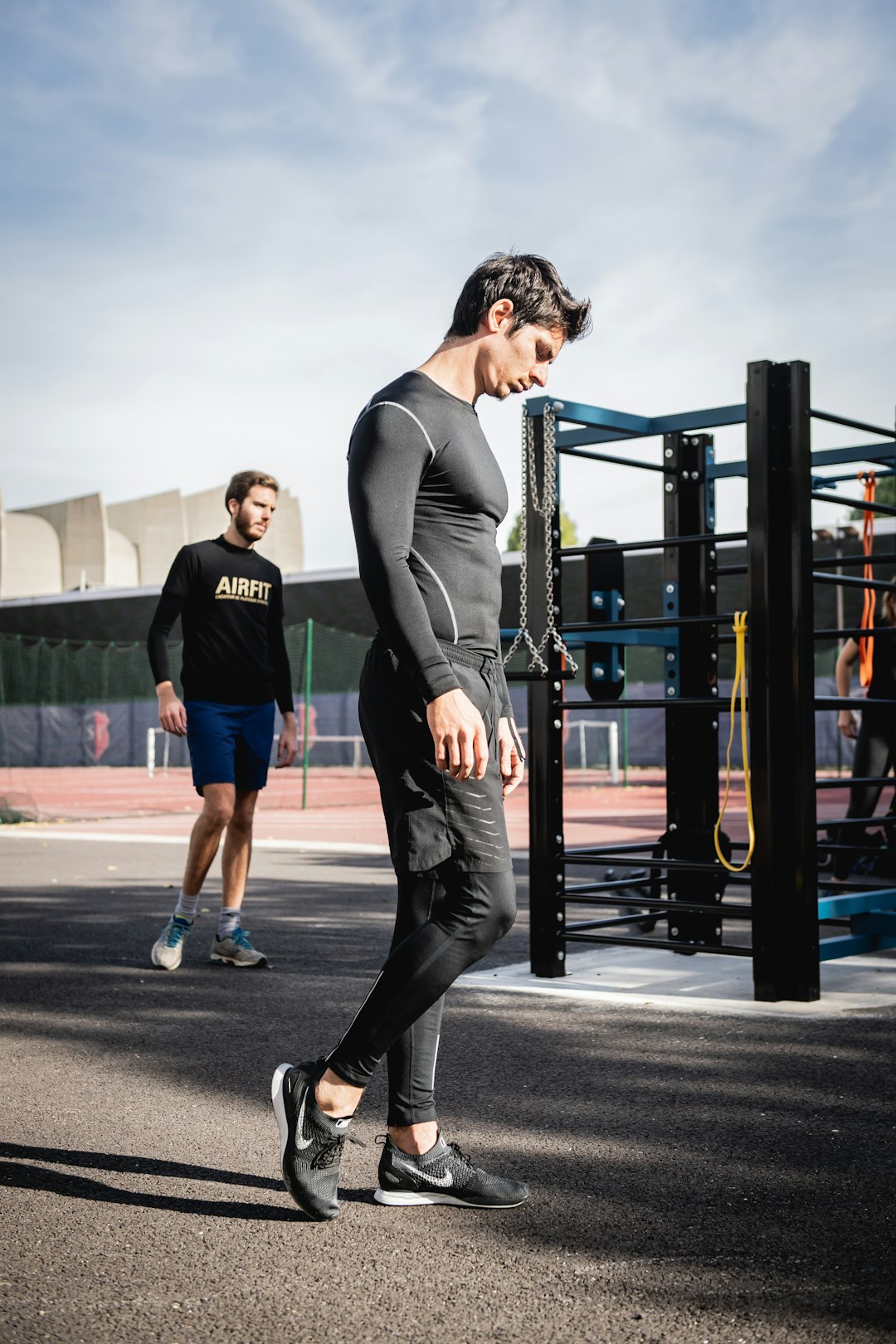Weightlifting is a highly effective form of exercise that can help individuals build strength, improve muscle tone, and increase overall fitness levels. However, the benefits of weightlifting can only be maximized if proper form is maintained during each workout. Proper form is crucial when lifting weights, as it not only helps prevent injuries but also ensures that the targeted muscles are being effectively engaged.
One of the main reasons why proper form is so important in weightlifting is to minimize the risk of injury. Lifting weights improperly can put unnecessary strain on muscles, tendons, and joints, leading to strains, sprains, and even more serious injuries such as fractures or dislocations. By using correct form, individuals can reduce the risk of these types of injuries and make their workouts safer and more effective.
Proper form is also essential for targeting the intended muscles during weightlifting exercises. By using correct form, individuals can ensure that the muscles they are trying to work are being properly engaged and activated. For example, when performing a bicep curl, using proper form ensures that the bicep muscles are doing the majority of the work, rather than the shoulders or back. This not only helps individuals achieve better results but also reduces the risk of compensating with other muscle groups, which can lead to imbalances and decreased effectiveness of the workout.
In addition to reducing the risk of injury and targeting the intended muscles, proper form can also help individuals lift heavier weights and progress more effectively in their weightlifting routine. When using correct form, individuals can lift heavier weights more safely and effectively, which can lead to faster gains in strength and muscle mass. By mastering proper form, individuals can progress more quickly in their weightlifting journey and achieve their fitness goals more efficiently.
To ensure proper form during weightlifting, individuals should focus on several key factors, including posture, breathing, and range of motion. Maintaining good posture throughout each exercise helps individuals avoid putting unnecessary strain on their joints and muscles. Proper breathing techniques, such as exhaling during the exertion phase of an exercise, can also help individuals maintain stability and maximize their strength. Finally, ensuring a full range of motion during each repetition helps individuals engage the targeted muscles fully and achieve better results.
In conclusion, proper form is essential for safe, effective, and efficient weightlifting. By using correct form during each workout, individuals can minimize the risk of injury, target the intended muscles, lift heavier weights, and progress more effectively in their fitness journey. Whether you are a beginner or a seasoned weightlifter, focusing on proper form is key to achieving your fitness goals and maximizing the benefits of weightlifting.

